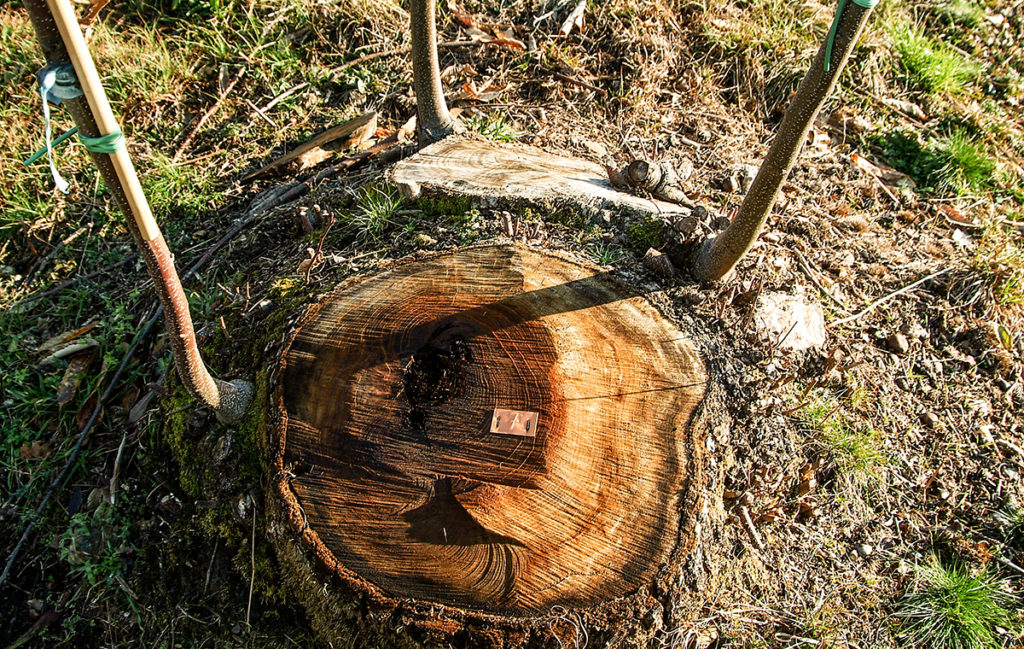AN AGRICULTURAL HERITAGE
The cultivation of chestnut, so widespread in our Apennines and present since the time of Matilde di Canossa, is cured and highlighted in the Varano Didactic Chestnut Park, today known as the “Didactic Chestnut Park of Varano”. Crossing the park is evident the biodiversity of the chestnut trees, from the “traditional chestnut” to the “monumental chestnut” with the old stumps, from the “experimental chestnut” with the fruit and wood grafting to the “canniccio” that respecting the tradition, transforms the fruit into sweet flour.
The exposure of the slope, the characteristics of the soil, the association with native spontaneous essences contribute to the quality of the chestnut fruits whose habitat enriches the soil with “nourishing substances”, composed of poplars, birch and cherry, pines, ferns and brooms, blueberries and blackberries , strawberries, raspberries and mushrooms.
In the experimental fruit sector there are 14 varieties of chestnut while in the experimental wood sector there are 5 varieties. The cultivation cycle is completed with the autumn harvest of chestnuts and the subsequent processing, from drying to processing into flour and granulated for craft beer.
The Park is a place that transmits value and memory through the cyclical phases of collection and transformation. Cyclically, the maintenance phase ends with events to celebrate the work done and to strengthen the ties. From early autumn to mid-spring the chestnut grove prevails with mowing, pruning, stripping, harvesting and processing, from mid-spring to early autumn the social-educational aspect of the chestnut grove prevails with the didactic activities.
The park can be visited by following the paths “Le ceppaie da frutto” – “La sorgiva” – “La via del legno”.




